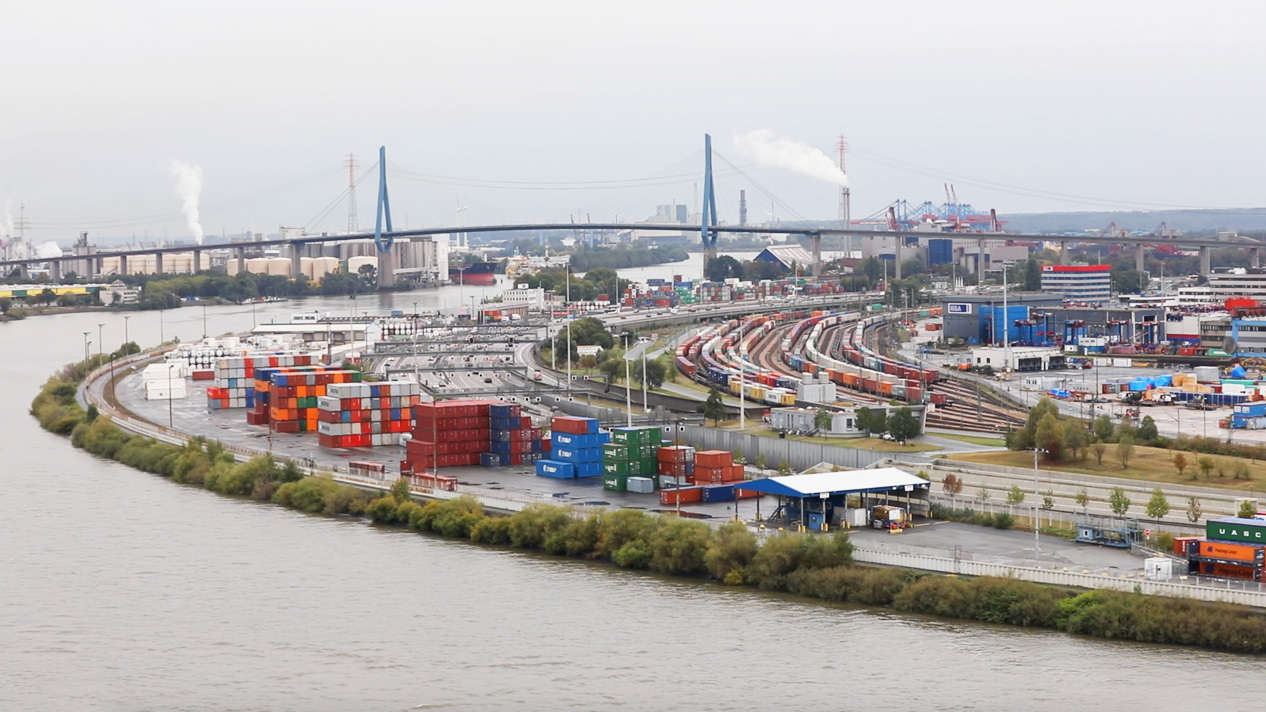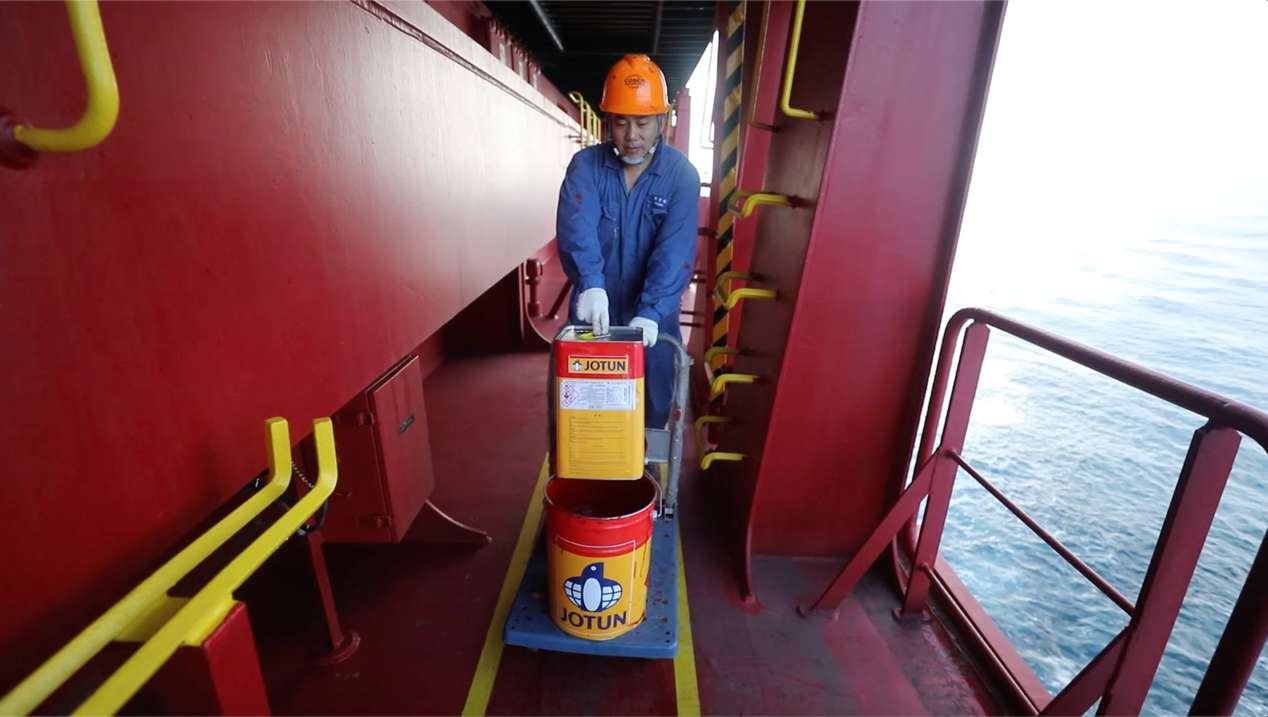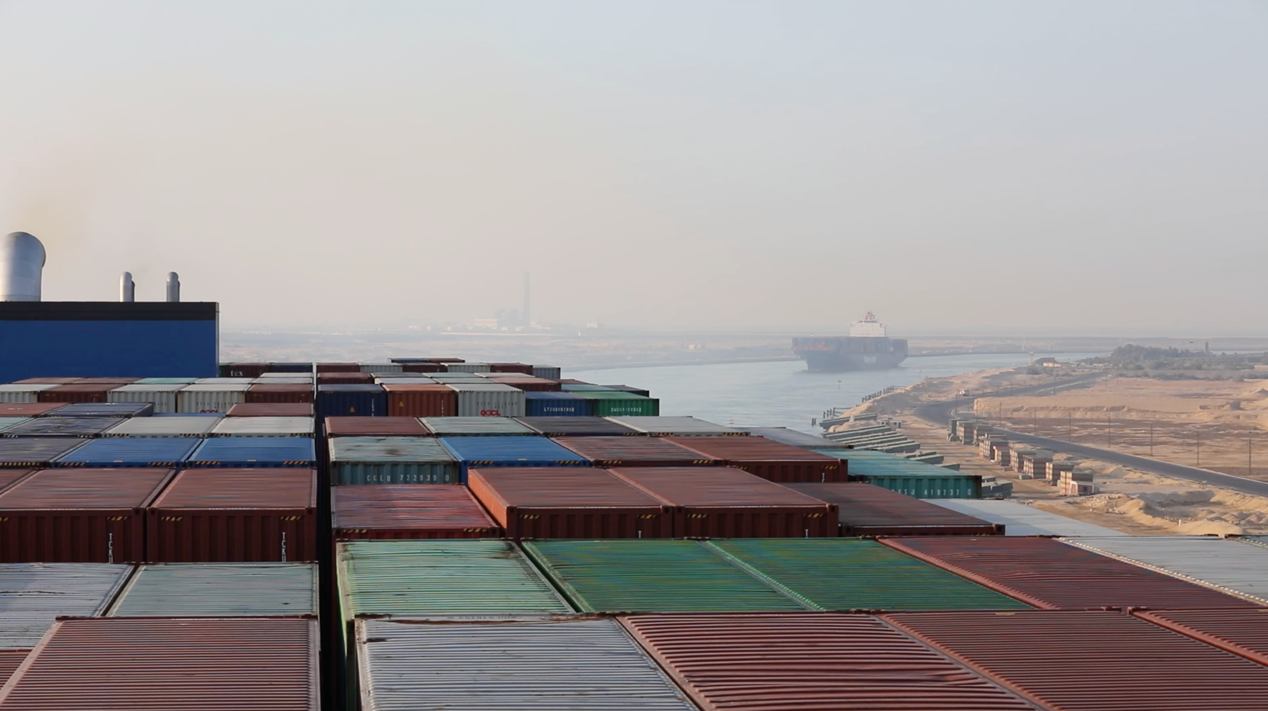
Economy
14:15, 26-Apr-2019
Reporter's Diary: Journey by cargo vessel along the maritime silk road
Updated
14:58, 26-Apr-2019
Zhao Yunfei, Li Jian
02:24

Vessel transportation is a popular choice for shipping goods overseas due to its large volume and low cost. Booming trade between China and Europe has made the maritime Silk Road corridor a busy route. We had a chance to ride on a cargo vessel and check out the close business ties among countries along the road.
It takes an entire month to travel by sea from China's port of Ningbo all the way to Germany's Hamburg. The vessel, named Virgo, carries exports loaded in some 20,000 containers throughout the South China Sea, the Strait of Malacca, the Gulf of Aden, the Suez Canal, the Mediterranean and eventually the Atlantic.
Life on the vessel
Views on the ocean are beautiful, but the seamen's job is not that relaxing. They have to carefully navigate the giant vessel, which is as big as four soccer fields. A lot of maintenance work had to be taken care of to prevent delay.

A sailor is doing routine maintenance work. /CGTN Photo
A sailor is doing routine maintenance work. /CGTN Photo
There are also piracy defense drills to ensure safety. The vessel is giant, but there are only about 20 people working on it. The manufacturing of the vessels has become a lot more modern. Many functions are now automated and no longer need that many crew members to operate manually. The large capability and high security make sea transportation efficient.
Efficient port services
International ports are committed to providing services with higher productivity. The port of Singapore built a storage yard on a warehouse roof to improve efficiency. Having containers in the building enables good managing control, operational control, and safety control.
Many machines at the Port of Rotterdam in the Netherlands are controlled by computer programs rather than human hands. It saves labor and is cost-effective.
Some ports we visited serve as pivot points for China-Europe land-sea transportation, thanks to strategic connectivity plans under the Belt and Road framework. For example, some containers unloaded at the Port of Piraeus in Greece are delivered to many parts of Europe via railway.
It's a two-way trade. In the past, the vessel had to carry some empty containers on its way back. But that's no longer the case. When Virgo reached Hamburg, it was loaded with Airbus aircraft components. They were shipped to the Chinese port city of Tianjin and assembled by a local operation line.
How Belt and Road initiative benefit all parties
The maritime ports that the vessel docked in are all in strategic locations.
The Suez Canal divides the continents of Asia and Africa. If the vessel doesn't go through this path, it will have to take the route of the Cape of Good Hope, and that will cost much more time and money. Hundreds of vessels travel through the Suez Canal every day, generating total service fees of about 5.3 billion U.S. dollars, which is a sizable source of revenue for Egypt.

Vessels line up to pass through the Suez Canal in Egypt. /CGTN Photo
Vessels line up to pass through the Suez Canal in Egypt. /CGTN Photo
Meanwhile, China's investment in European ports has provided many job opportunities. One COSCO Shipping's subsidiary company has been managing two piers at Piraeus since 2009 under a 35-year concession agreement. The company wants to boost the port's overall cargo traffic to over six million containers by 2019.
Many Chinese companies in Europe are committed to localization. Besides a few Chinese staff who take the leadership role, the rest of the team are locally hired. I asked some workers whether they are concerned that Chinese investment may take over the market. Many said they see the projects as healthy investments. The infrastructure developments are really beneficial to the local people.
Six hundred years ago, Chinese admiral Zheng He sailed from China through the Indian Ocean and brought Chinese silk products to the Arab world. Today, as a much more advanced transportation method, the maritime Silk Road has brought countries in the global village closer together.

SITEMAP
Copyright © 2018 CGTN. Beijing ICP prepared NO.16065310-3
Copyright © 2018 CGTN. Beijing ICP prepared NO.16065310-3